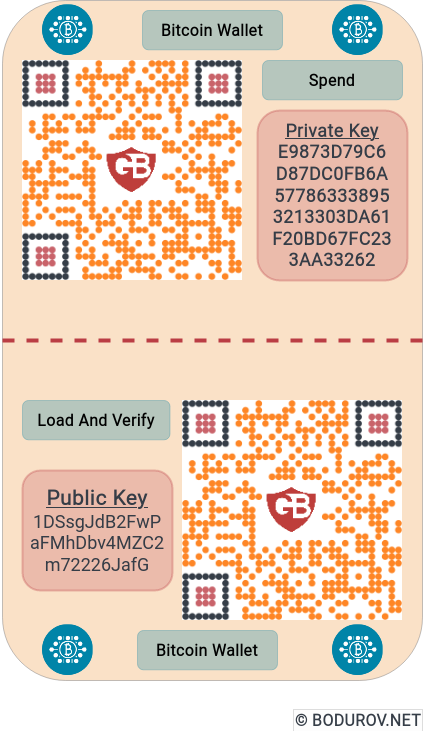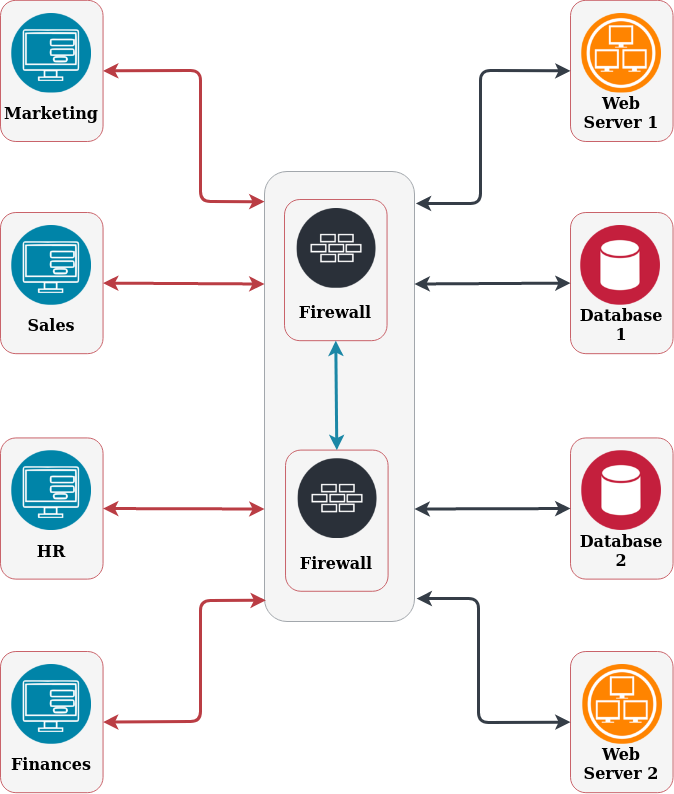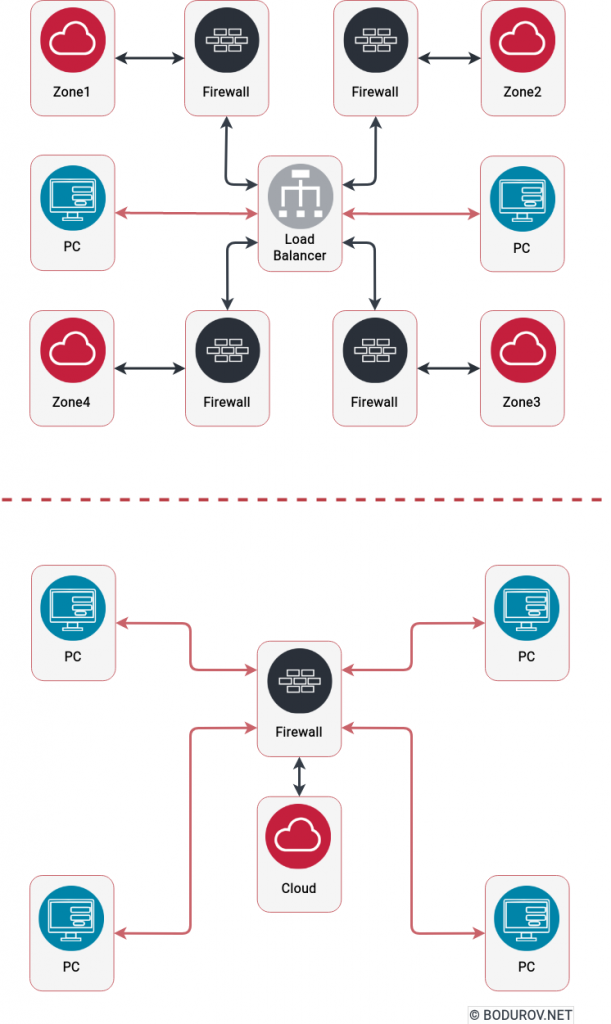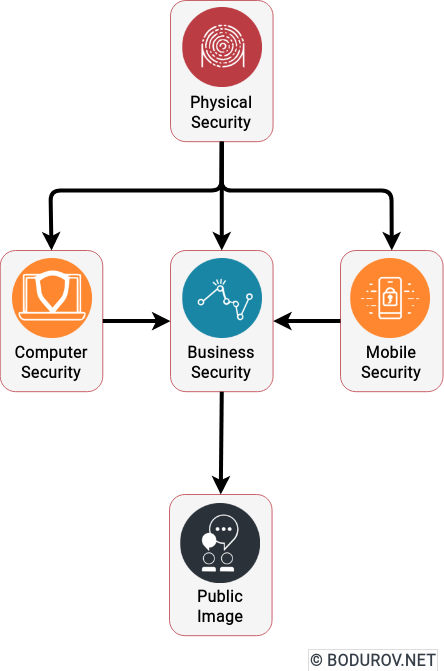The killer of IPO, the new fintech revolution, the path to decentralization – all of these were the nicknames of ICO. But, what is an ICO? The initial coin offering (ICO) is a financial mechanism for a company to raise new capital. Usually, the reason for that event is to fund new services or business opportunities. Sometimes is to provide an alternative for financing early-stage digital innovations through crypto-assets.
Failure of ICO
Unfortunately, an initial coin offering is not always successful in attracting enough traction and investment. According to official research, around 800 cryptocurrencies are declared dead since 2018. It is a considerable decline in trust in ICO.
Some examples of initial coin offering failures;
- Swiss coin: Swisscoin was designed for a broad audience and the needs of small investors and traders. Using Swisscoin was to build up a payment system in which soon over a billion people will participate. However, it failed, and there is no traction for the last three years.
- Enigma: Enigma is a decentralized data marketplace protocol and cryptocurrency created by a team of Massachusetts Institute of Technology graduates and researchers and incubated at MIT Media Lab. The Enigma protocol is a second-layer, off-chain network that aims to solve scalability and privacy issues on the blockchain. However, they got hacked.
- The DAO: The DAO was a decentralized autonomous organization (DAO) launched in 2016 on the Ethereum blockchain. After raising $150 million worth of ether (ETH) through a token sale, The DAO was hacked due to vulnerabilities in its codebase. The Ethereum blockchain was eventually hard forked to restore the stolen funds. However, not all parties agreed with this decision, which resulted in the network splitting into two distinct blockchains: Ethereum and Ethereum Classic.

Is the presence of an IPO the reason for the failure of ICO?
Yes! The main reason behind the failure of ICO is IPO. Most investors trust IPO instead of ICO. Companies do not back Bitcoin and Ethereum, so they are more community-based, which is entirely another financial mechanism. In the case of IPO and ICO, we usually speak about investors. Primarily, ICO deals with early investors who are interested in investing in new projects. However, most investors think that ICO is less reliable than IPO because of two reasons:
- No regulation: To list your company on the stock exchange and make an IPO, your company must endure an exceptionally detailed and harsh financial audit. With ICO, this is not the case. There is no regulation, and you have to believe in the company owners’ words and vision.
- No attachments: In case of company bankruptcy, there are legal attachments between the shareholders and the company owners with IPO. With ICO, this is not the case. If the currency is dead, there are no legal consequences.
In conclusion, I am personally a big fan of cryptocurrencies as technology. However, from the financial point of view, they are a little bit of a nightmare. Without regulation and centralized authority, you can not control inflation. And unfortunately, a community-based cryptocurrency will most probably end the same way as Bitcoin and Ethereum are behaving at the moment.









